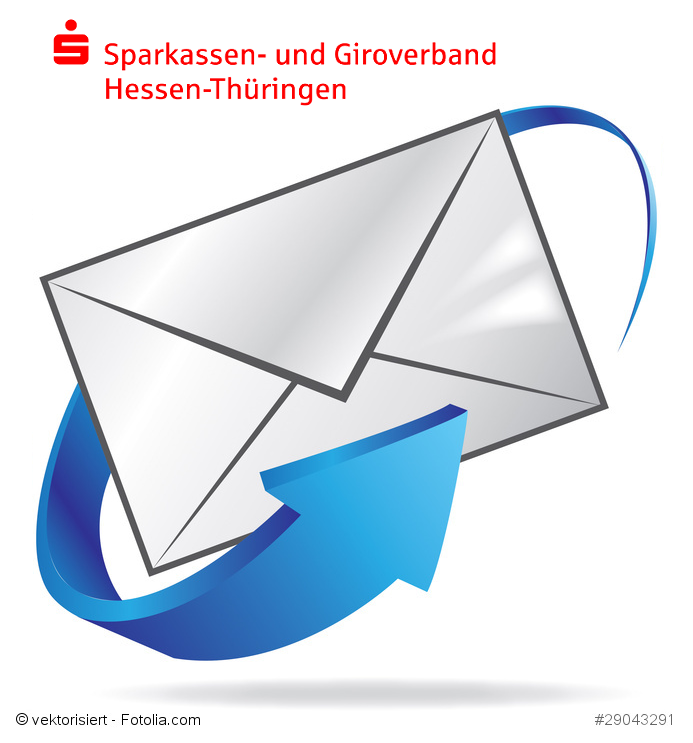Fully automatic PDF generation in Lotus Notes
Flawlessly Depicting Electronic Circulars
Making documents available across all locations is an elementary feature of Lotus Notes and is accomplished through replication whereby the server receives and stores the data as a copy. However, if different offices use different word processing systems, then it often happens that the receiving parties cannot display the documents they way they should be. This was the problem that the SGVHT federation faced while it was using data replication to send some 5 circulars a day to its 50 member banks. For this reason, a tool was implemented over the course of a redesign that not only allows PDFs to be generated automatically in line with replication, but also ensures documents are displayed properly while enabling a controlled print output.
The SGVHT (Sparkassen- und Giroverband Hessen-Thüringen) with offices in Frankfurt and Erfurt is the federation that represents the 50 municipally owned savings-and-loan banks, or Sparkassen, in the German states of Hessen and Thuringia. The SGVHT helps its members compete with other types of banks and represents their interests on a regional level. Its offices advise these savings-and-loan banks on all strategic and business-policy matters, particularly those involving the municipal banking business, business administration, to include informatics, law and taxes, and internal and external communications. These subjects and more are covered in several daily circulars that are sent to the individual banks.
SGVHT uses Lotus Notes to distribute this correspondence. Through replication, the database system ensures the rapid electronic forwarding to the banks. There’s just one problem: The independent departments responsible for writing the articles use different document templates and word processing systems, which means that the documents that are distributed might not be properly displayed on the recipients’ workstations. “It was not uncommon for line breaks to be out of place, which resulted in the page numbers being off for links and references in the document,” recalled Klaus-Dieter Buntrock, the system administrator for Lotus Notes/Domino systems. “That not only caused confusion, but really upset the people writing the circulars.”
Part of their redesign of the Notes environment called for finding a solution to this problem. The important thing was to be able to put the electronic documents sent to the banks through the main data center into a format that can be displayed the same on any and all computers. “We had the idea that converting them to PDF files would be the easiest and most uncomplicated solution,” said Buntrock. The redesign, which was implemented by an outside contractor together with the IT company SoftVision, included rolling out n2pdf, an application that enables circulars to be automatically converted to PDF files.
Intuitive PDF features
The n2pdf solution runs entirely in the background. “And that is exactly the thing we found so appealing about the software. Once the document is generated and released by the appropriate supervisor, it is sent to the banks by way of the data center – something that only takes a few seconds.”
There is another important advantage to fully automatically converting documents, which benefits users working in the banking facilities: Once they open a circular in Notes, they can then download the document as a PDF with just one click. “We wouldn’t have this feature without n2pdf, and most users are completely unaware of the fact that an additional tool is being used,” pointed out Buntrock.
Now that n2pdf is in place, users at SGVHT can be sure that the page numbers of the circulars match those of the original documents and can enjoy the benefits of being able to centrally print them without any incorrect line, paragraph or page breaks. “Converting documents to PDF with n2pdf also gives us a standardized format that can be cross-referenced,” added Buntrock. “Correct and uniform depiction is extremely important to us and is something that is guaranteed when you convert documents to PDF.”

